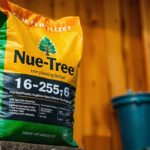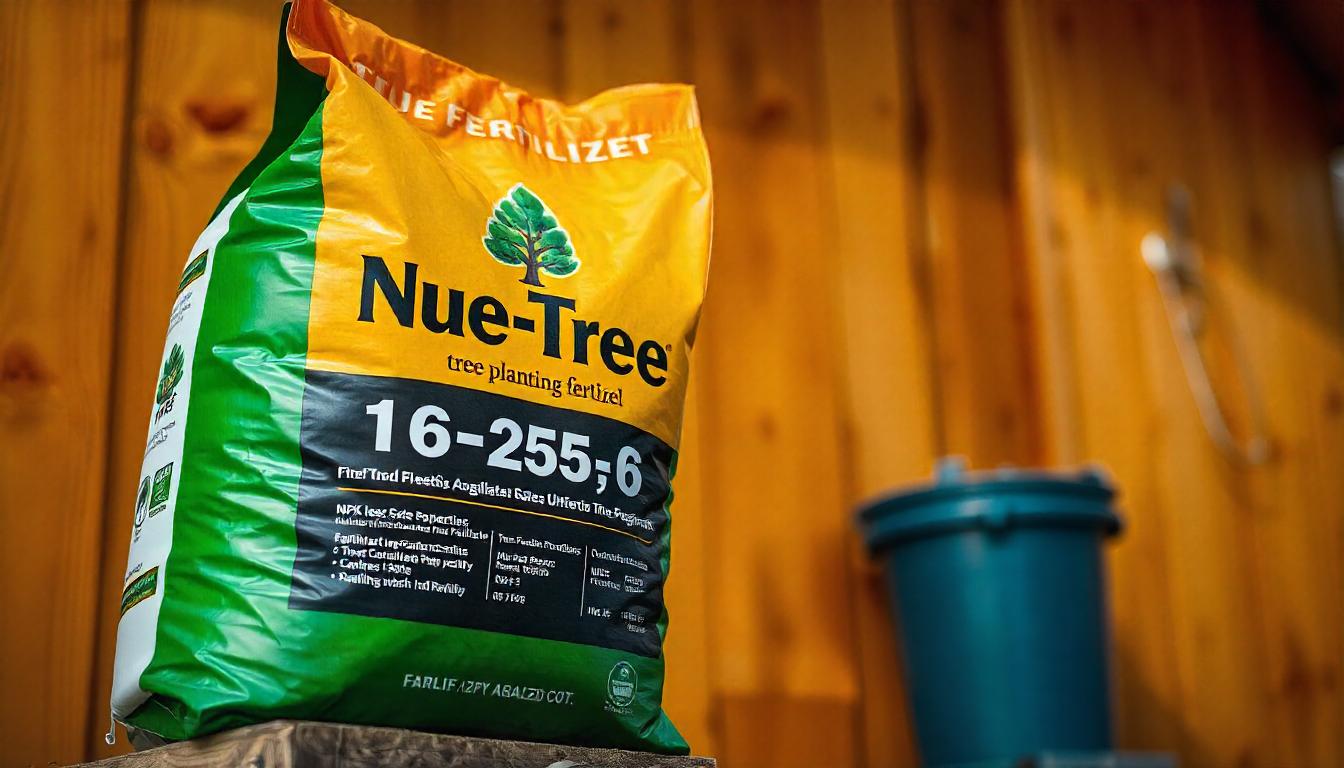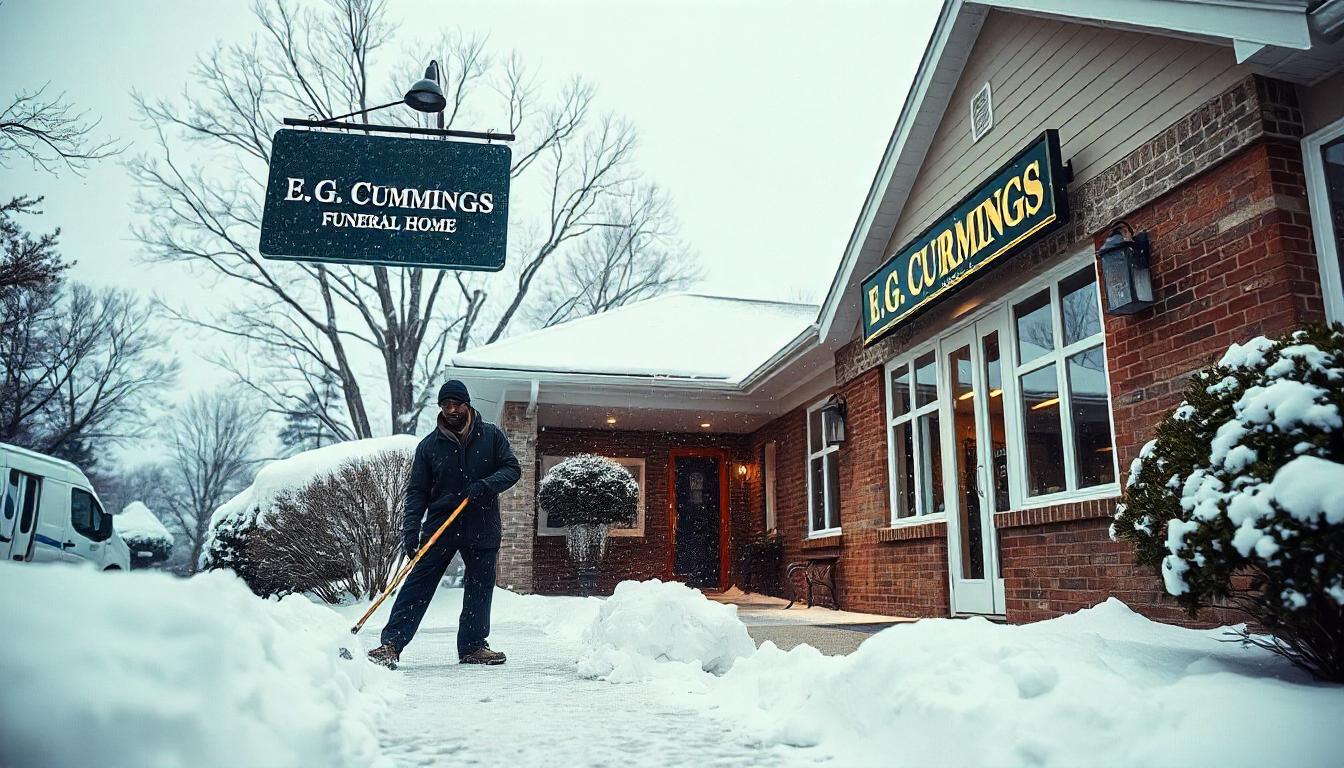Eolaneday is an extraordinary celebration deeply rooted in cultural heritage, characterized by vibrant festivities, unique traditions, and a community-focused spirit. While it may not be as widely known globally as other holidays, Eolaneday holds special significance for those who observe it. This day blends ancient customs with contemporary celebrations, allowing communities to honor their shared history while enjoying festivities that unite people of all ages.
This article delves into the origins of Eolaneday, the cultural elements that make it unique, and how the holiday has evolved over time.
The Origins and History of Eolaneday
The history of Eolaneday dates back centuries, rooted in a culture that valued harmony with nature, community spirit, and the passage of time. Traditionally, Eolaneday was a time to celebrate the end of the harvest season, marking a moment of gratitude for nature’s abundance and the collective work of the community. Although initially celebrated as a regional festivity, its popularity gradually spread, and it has become a widely cherished holiday in various parts of the world.
In ancient times, communities would gather around fires and participate in ritualistic dances to thank their ancestors and the natural world. Eolaneday served not only as a celebration but also as a unifying force that strengthened bonds within the community. The holiday also included honoring elders, sharing stories of the past, and making offerings to nature in gratitude for a bountiful harvest.
The Meaning Behind the Name “Eolaneday”
The name “Eolaneday” is believed to originate from an old dialect word for “harmony” or “unity.” Over time, it came to symbolize a day dedicated to bringing people together, regardless of differences. This sense of unity has remained a central theme of Eolaneday celebrations, which focus on inclusivity, respect, and shared experiences.
Eolaneday Traditions and Customs
Eolaneday is celebrated with a variety of customs that reflect both its ancient roots and its modern-day adaptations. While the specific traditions may vary by region, certain core elements of the holiday are widely observed. Here are some of the most notable Eolaneday customs:
1. Community Gatherings and Feasts
One of the central aspects of Eolaneday is the communal feast, where families and friends come together to share a meal. The feast is often prepared using ingredients from the recent harvest, symbolizing a connection to the land and its resources. Traditional dishes vary, but many feature seasonal fruits, grains, and vegetables, along with recipes passed down through generations.
At the feast, community members typically engage in storytelling, sharing tales of their ancestors, and reflecting on personal achievements and challenges from the past year. This time of reflection fosters gratitude and reinforces a sense of community support.
2. Ritual Dances and Music
Ritualistic dances and music are integral to Eolaneday, preserving the holiday’s traditional character while adding energy and excitement. Dance groups often perform folk dances specific to the culture from which Eolaneday originated, with costumes and movements that carry symbolic meanings. Some dances represent the cycles of nature, while others are meant to honor ancestors or convey stories from the past.
Instruments like drums, flutes, and stringed instruments create a rhythmic backdrop that captures the spirit of the festival. People of all ages join in the dancing, making it a lively and inclusive part of the celebration.
3. Symbolic Decorations and Offerings
Decorating spaces with symbolic items is another key tradition of Eolaneday. Typically, decorations include natural elements like flowers, dried herbs, and handcrafted ornaments made from wood or straw. Many families place a “unity wreath” on their doors, a circular arrangement of flowers and greenery symbolizing continuity and harmony.
Offerings are also made, often consisting of small portions of food or handcrafted items that are left at designated spots, such as near rivers, forests, or communal gathering areas. These offerings are intended to show gratitude for nature’s resources and blessings.
4. Lantern Parades
In some regions, lantern parades are a popular Eolaneday activity. Participants carry lanterns, which they light as dusk falls, symbolizing hope, renewal, and the journey toward a prosperous future. Lanterns are often handcrafted, with intricate designs reflecting themes of unity, nature, and ancestral heritage. These parades create a beautiful visual spectacle and encourage a sense of togetherness, as families and friends walk side by side.
5۔ Acts of Kindness and Giving
Eolaneday also emphasizes kindness, generosity, and community service. On this day, it’s common for people to engage in charitable acts, whether through volunteering, sharing resources with those in need, or performing small acts of kindness within their communities. This aspect of the holiday reinforces the importance of unity and compassion, encouraging participants to extend the spirit of Eolaneday beyond the celebration itself.
Modern-Day Eolaneday Celebrations
While the core elements of Eolaneday remain rooted in tradition, modern celebrations have adapted to reflect contemporary lifestyles. Today, Eolaneday is observed not only in rural communities but also in urban settings, with some cities hosting public parades, performances, and community events.
Technology has also allowed Eolaneday to reach a global audience. People who may not have grown up with the holiday now have access to virtual events and online resources, allowing them to learn about Eolaneday and even incorporate its practices into their own lives.
Eolaneday in Schools and Community Centers
To pass on the cultural values associated with Eolaneday, schools and community centers often organize workshops and educational activities around the holiday. These programs introduce younger generations to Eolane day’s history, teach them traditional dances or crafts, and highlight the importance of community values. In this way, Eolane day continues to thrive as a living tradition, bridging generations.
Eolaneday’s Symbolism and Broader Meaning
Eolaneday is more than just a celebration—it represents a broader message of unity, gratitude, and resilience. The holiday serves as a reminder of the importance of nature, the value of community, and the connections we share with our past and future. For many, Eolane day is a time for introspection, encouraging participants to look back on their accomplishments and setbacks, acknowledge the support they’ve received, and set intentions for the year ahead.
This symbolism of unity has allowed Eolane day to resonate with people from diverse backgrounds. While rooted in a specific cultural heritage, its values are universal, making it a day that anyone can appreciate and adopt.
How to Celebrate Eolaneday if You’re New to the Tradition
If you’re interested in celebrating Eolane day, there are many ways to embrace the spirit of the holiday, even if you’re new to the tradition. Here are some simple ways to join in:
- Host a Small Gathering: Invite friends or family members to share a meal and engage in meaningful conversations about gratitude, unity, and personal growth.
- Decorate with Natural Elements: Place a wreath or arrange flowers, greenery, and candles to create an ambiance that reflects Eolaneday’s connection to nature.
- Join a Community Event: Check if there are any local Eolaneday events or parades. Many community centers hold activities where newcomers are welcome to participate and learn about the holiday.
- Engage in Acts of Kindness: Volunteer or perform small gestures of generosity as a way to honor the holiday’s focus on community support.
- Reflect and Set Intentions: Take time to reflect on the past year and set positive intentions for the future, embracing the themes of gratitude and unity that Eolaneday represents.
Conclusion
Eolaneday is a holiday that goes beyond the typical festivities, embodying values of gratitude, unity, and resilience. With roots in an ancient harvest festival, Eolane day has become a modern celebration that brings people together across generations and communities. Its unique blend of rituals, decorations, and traditions creates a holiday rich in symbolism and meaning, reminding participants of the importance of harmony with nature and each other.
Whether you’re celebrating for the first time or have grown up with Eolaneday, this holiday offers a meaningful way to reflect on shared values, embrace tradition, and foster a sense of unity with those around you. As Eolane day continues to evolve, it remains a testament to the power of community and the enduring relevance of cultural heritage.
FAQs
What is Eolaneday?
- Eolaneday is a cultural celebration rooted in gratitude, unity, and community. Originally a harvest festival, it has evolved into a day that blends ancient customs with modern festivities.
How is Eolane day traditionally celebrated?
- Eolane day is celebrated with communal feasts, ritual dances, lantern parades, symbolic decorations, and acts of kindness. These customs vary by region but generally focus on unity and gratitude.
Where did Eolane day originate?
- Eolane day originated as a regional harvest festival, celebrating the end of the harvest season and showing gratitude to nature and ancestors. Its roots are deeply tied to cultural values of community and harmony.
Is Eolane day celebrated internationally?
- While it began as a regional tradition, Eolane day has gained popularity in various countries, especially in urban areas where communities come together to observe the holiday’s universal themes.
How can newcomers participate in Eolane day?
- Newcomers can join by hosting a small gathering, decorating with natural elements, participating in community events, or performing acts of kindness. Embracing the holiday’s values is a great way to celebrate.
What is the meaning of the name “Eolane day”?
- The name “Eolane day” likely derives from an old dialect word meaning “harmony” or “unity,” reflecting the holiday’s focus on bringing people together.










